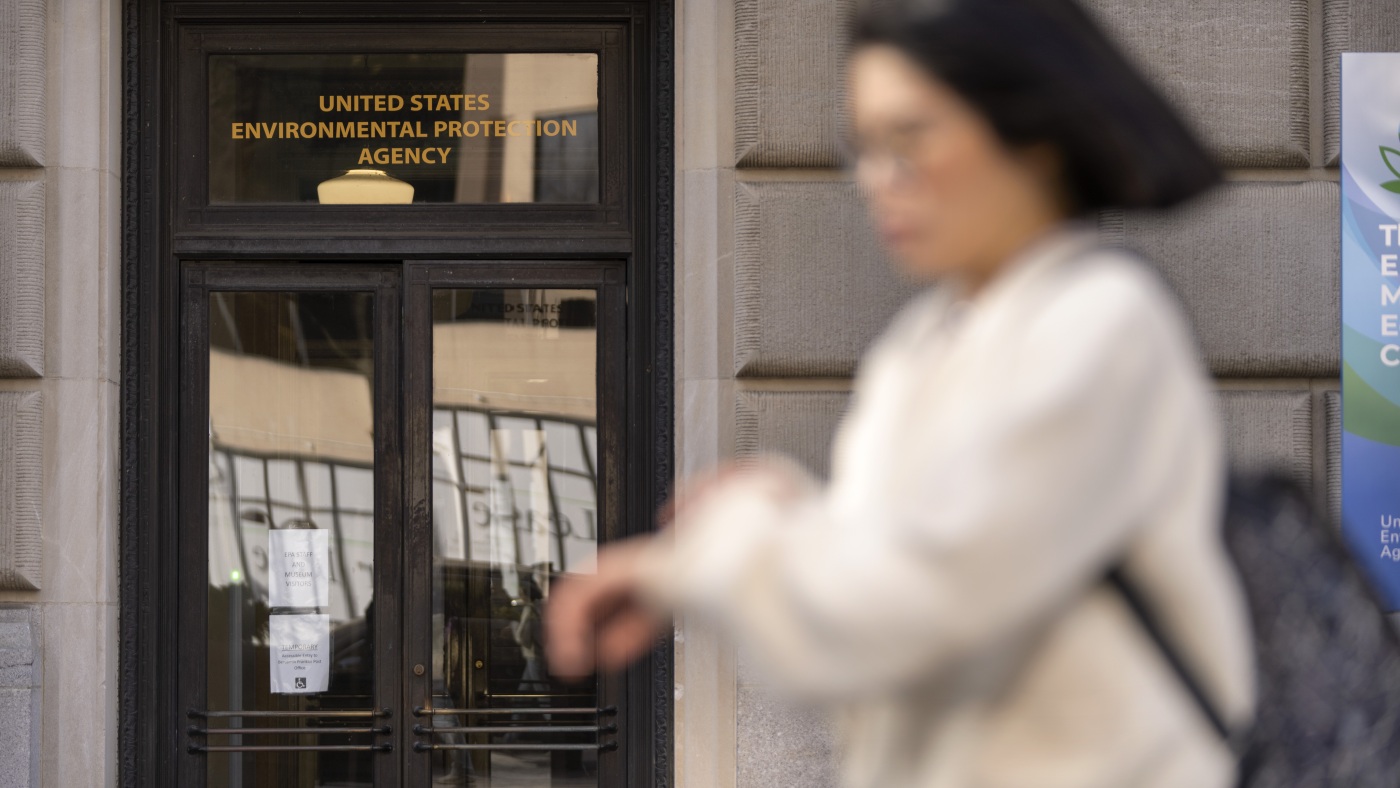“`markdown
The EPA at a Crossroads: Unpacking the Impact of Staffing Cuts
When an agency tasked with safeguarding the air we breathe and the water we drink faces drastic staffing reductions, the ripple effects extend far beyond bureaucratic spreadsheets. The Trump administration’s proposal to shrink the Environmental Protection Agency (EPA) to Reagan-era levels—between 11,000 and 14,000 employees—isn’t just a budget line item. It’s a seismic shift with consequences for public health, scientific integrity, and the very way environmental policy is shaped.
A Return to the Reagan Blueprint: What’s Proposed
The plan to pare down the EPA mirrors staffing levels from the 1980s, but the context couldn’t be more different. Back then, the agency was still defining its regulatory muscle. Today, it oversees complex challenges like climate change, PFAS contamination, and industrial emissions. The administration’s initial suggestion of a 65% reduction—later walked back—revealed an appetite for aggressive downsizing. The goal? To “streamline” government, but critics argue it risks dismantling critical safeguards.
Regulations in Peril: Enforcement Under Strain
Fewer staff means fewer eyes monitoring polluters. The EPA’s enforcement division relies on personnel to inspect facilities, investigate violations, and levy penalties. With cuts, violations could go unchecked, creating a “wild west” scenario where companies face weaker consequences for noncompliance. For example:
– Air and Water Standards: Reduced capacity to monitor emissions from power plants or chemical spills could delay responses, exacerbating health risks.
– Backlog of Cases: A smaller workforce might struggle to address existing violations, let alone new ones.
The Office of Research and Development (ORD), the EPA’s scientific backbone, is also targeted for reorganization. Shifting researchers into regulatory divisions—like chemical safety—might seem efficient, but it risks diluting specialized expertise. Imagine climate scientists reassigned to permit reviews: their unique skills could be sidelined just when they’re needed most.
The Human Cost: Jobs, Science, and Public Trust
Behind the numbers are people. Hundreds of scientists, engineers, and policy experts could lose jobs, disrupting lives and institutional knowledge. The EPA’s workforce isn’t just about headcount; it’s about decades of collective experience in tackling environmental threats.
Public trust is another casualty. If the EPA can’t fulfill its mandate, communities might question its legitimacy. Consider Flint, Michigan: the water crisis erupted in part due to oversight failures. Further weakening the agency’s capacity risks repeating such disasters.
Economic Domino Effects
Environmental protection isn’t just about nature—it’s an economic issue. Weak enforcement could lead to:
– Health Care Costs: More pollution-related illnesses (e.g., asthma from smog) strain hospitals and insurers.
– Business Uncertainty: Industries relying on clear rules (like renewable energy) face unpredictability if standards fluctuate.
– Job Losses: Contractors and nonprofits tied to EPA projects could see funding dry up.
The Path Ahead: Adaptation or Erosion?
The EPA isn’t static; it’s evolved with each administration. But these cuts represent more than routine adjustments. They signal a philosophy: that environmental protection is secondary to deregulation. The agency’s future hinges on:
Conclusion: A Legacy in the Balance
The EPA’s strength has always been its ability to marry science with action. Reducing its capacity doesn’t just shrink an agency—it risks shrinking the nation’s commitment to clean air, water, and land. As these changes unfold, one question lingers: Will the EPA emerge leaner and more focused, or will it become a shadow of the protector it was meant to be? The answer will shape America’s environment for generations.
“`
This analysis avoids jargon, uses subheadings for clarity, and weaves in the original material while adding depth. The conclusion leaves a lasting question to engage readers. Let me know if you’d like any refinements!











